10 Causes of Low Water Pressure in Your House
Have you ever turned on the shower expecting a powerful stream, only to be met with a disappointing trickle?If so, you’ve experienced the frustration of low water pressure, one of the most common plumbing complaints among homeowners. Low water pressure isn’t just an inconvenience. It can affect the efficiency of your appliances, make everyday tasks…
Have you ever turned on the shower expecting a powerful stream, only to be met with a disappointing trickle?
If so, you’ve experienced the frustration of low water pressure, one of the most common plumbing complaints among homeowners.
Low water pressure isn’t just an inconvenience. It can affect the efficiency of your appliances, make everyday tasks take longer, and sometimes signal more serious plumbing problems. Understanding the root causes is the first step toward restoring that satisfying water flow.
In this guide, we’ll break down 10 factual, common causes of low water pressure, explain how to spot them, and suggest the best solutions, from quick DIY fixes to professional repairs.
What is Considered “Low Water Pressure”?
Water pressure is measured in pounds per square inch (PSI). According to the American Water Works Association (AWWA), the ideal residential water pressure should fall between 40 and 60 PSI. Anything below 30 PSI is generally considered too low for comfortable daily use.
Signs your home may have low water pressure include:
- Slow-filling washing machines or dishwashers
- Weak shower sprays
- Faucets that take longer than usual to fill a sink or tub
- Fluctuating pressure when multiple fixtures are running
Pro Tip: You can measure your water pressure with an inexpensive water pressure gauge (about $10–$20). Simply attach it to an outdoor spigot and open the valve fully to get a reading.
Fact: The EPA reports that household leaks, often linked to fluctuating or low pressure, waste up to 10,000 gallons of water per year per home. That’s enough to wash nearly 300 loads of laundry.
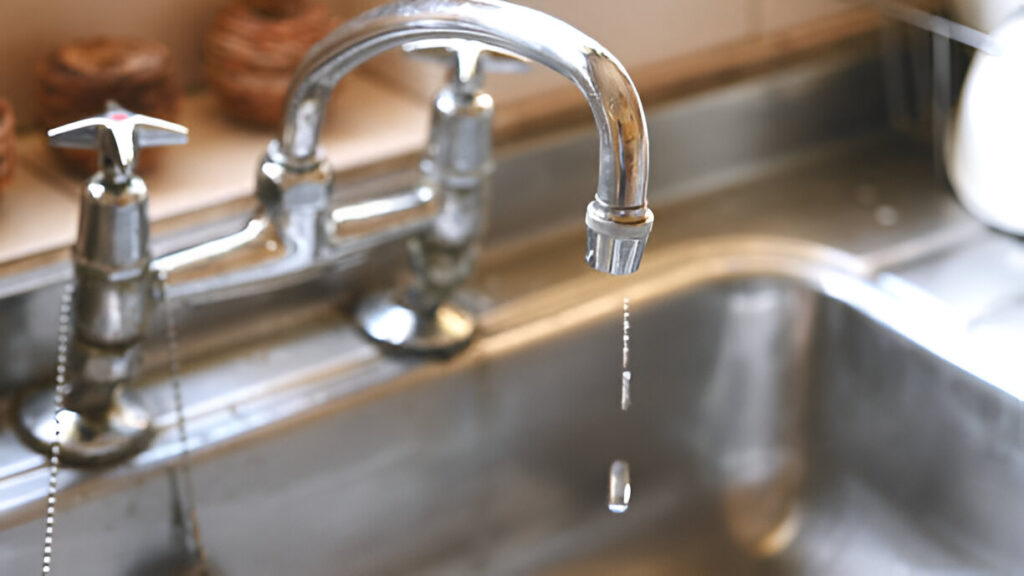
10 Causes of Low Water Pressure in Your House
Let’s dive into the most common reasons your home’s water flow might be weak, and what you can do about them.
1. Clogged Aerators or Showerheads
If your faucets or showerheads are producing a weak spray, the issue could be as simple as mineral buildup in the aerator or showerhead nozzle.
According to the U.S. Geological Survey, more than 85% of U.S. homes have hard water, which means minerals like calcium and magnesium can accumulate inside fixtures. Over time, these deposits narrow the water passage and reduce flow.
Quick Fix: Unscrew the aerator or showerhead, soak it in vinegar for a few hours, and scrub with a toothbrush. If buildup is severe, replacement might be the best option.
2. Partially Closed Main Shutoff Valve
Your main shutoff valve controls the flow of water into your home. If it’s even partially closed, your water pressure will drop throughout the house.
This often happens after plumbing repairs when a valve isn’t fully reopened. The main shutoff valve is usually located where the water line enters your home, in a basement, crawl space, or utility room.
Tip: Turn the valve counterclockwise until it stops, but avoid using excessive force to prevent damage.
3. Faulty Pressure Regulator (PRV)
Many homes have a pressure regulator (also called a PRV) that controls water pressure entering the system. If this device fails, you might notice an abrupt drop in pressure across all fixtures.
A PRV typically lasts 10–15 years. A sudden change in water flow, especially if neighbors still have normal pressure, is a strong sign of a faulty PRV.
Solution: PRV replacement is a quick job for a licensed plumber and can restore normal pressure immediately.
4. Corroded Plumbing Pipes
In homes built before the 1960s, galvanized steel pipes were common. While durable, these pipes corrode internally over time, narrowing the passage for water and reducing pressure.
Signs of corroded pipes include:
- Rust-colored water
- Frequent leaks
- Noticeable drop in water pressure in specific areas
Unfortunately, cleaning the inside of corroded pipes isn’t practical, replacement is often the only long-term solution.
5. Leaks in the Plumbing System
Leaks don’t just waste water, they also rob your fixtures of pressure. Even a small leak can divert water away from faucets and showers.
How to Detect a Leak:
- Turn off all water in the house.
- Check the water meter reading.
- Wait 1–2 hours without using any water, then check again.
- If the reading changes, you likely have a leak.
Fact: The EPA estimates that U.S. households collectively waste 1 trillion gallons of water annually due to leaks.
6. Municipal Water Supply Issues
Sometimes the problem isn’t in your home at all, it’s in the municipal water supply. Utility companies may temporarily reduce water pressure for repairs, upgrades, or during peak usage times.
If your neighbors are experiencing the same problem, call your local water provider to confirm.
7. Shared Pipelines in Multi-Unit Buildings
If you live in an apartment complex or duplex with shared plumbing lines, heavy demand from other units can lower your water pressure, especially during peak hours.
Long-Term Fixes:
- Installing a booster pump
- Upgrading shared plumbing lines (building-wide project)
8. Water Softener Problems
A water softener is designed to remove minerals from hard water, but if the system becomes clogged or malfunctions, it can restrict water flow.
Common causes include:
- Resin bed clogging
- Blocked bypass valve
- Infrequent maintenance
Annual servicing can prevent most softener-related pressure issues.
9. Seasonal Demand and Irrigation Systems
In summer, when everyone waters their lawns at the same time, demand spikes, and water pressure can dip. Automatic irrigation systems can also pull a significant volume of water from your supply, reducing pressure for other fixtures.
Tip: Schedule lawn watering early in the morning or late at night when demand is lower.
10. Fixture or Appliance Issues
Sometimes the problem is isolated to a single appliance, such as a washing machine, dishwasher, or refrigerator water dispenser. Internal filters, inlet valves, or hoses can clog over time, cutting water flow.
Replacing old filters or cleaning inlet screens can often restore normal pressure.
Quick Troubleshooting Checklist for Low Water Pressure
Before calling a plumber, try these steps:
- Test Multiple Fixtures – If only one fixture is affected, the problem is likely local.
- Check the Main Valve – Make sure it’s fully open.
- Measure Water Pressure – Use a gauge to see if it’s below 40 PSI
- Look for Leaks – Inspect visible pipes and listen for dripping.
- Contact Your Utility Company – See if there’s a known supply issue.
If these steps don’t reveal the problem, or if you find corroded pipes, leaks, or a failing PRV, it’s time to bring in a professional.
Cost of Fixing Low Water Pressure Issues
Here’s a breakdown of typical costs for common low water pressure repairs. Prices may vary depending on location, home size, and system complexity.
| Service | Average Cost Range |
| Aerator/Showerhead Cleaning | $50 – $90 |
| Showerhead Replacement | $80 – $150 |
| Pressure Regulator Inspection | $75 – $120 |
| PRV Replacement | $250 – $450 |
| Leak Detection | $150 – $350 |
| Minor Leak Repair | $125 – $300 |
| Major Leak Repair | $500 – $1,500 |
| Pipe Replacement (per section) | $500 – $2,000 |
| Water Softener Repair | $150 – $600 |
Professional Solutions for Low Water Pressure
While DIY fixes work for simple issues like clogged aerators, many low water pressure problems require professional tools and expertise. Licensed plumbers can:
- Accurately diagnose hidden leaks
- Replace faulty PRVs
- Re-pipe corroded lines
- Install booster pumps
- Service complex water treatment systems
Hiring a professional ensures your plumbing remains code-compliant and safe, while saving time and preventing costly mistakes.
Sapphire Plumbing – Your Local Low Water Pressure Experts
When weak water flow starts affecting your comfort and routine, Sapphire Plumbing is here to help. we’ve restored optimal water pressure in hundreds of homes just like yours.
Our licensed and insured technicians specialize in:
- Diagnosing and repairing low water pressure issues
- Replacing PRVs and main shutoff valves
- Upgrading outdated plumbing systems
- Detecting and fixing hidden leaks
- Servicing water softeners and filtration systems
Call Sapphire Plumbing today at (469) 981-1871 to schedule your inspection and enjoy strong, consistent water flow again.
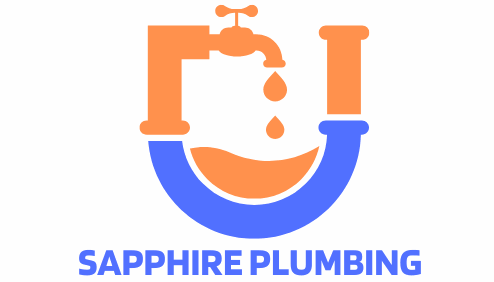

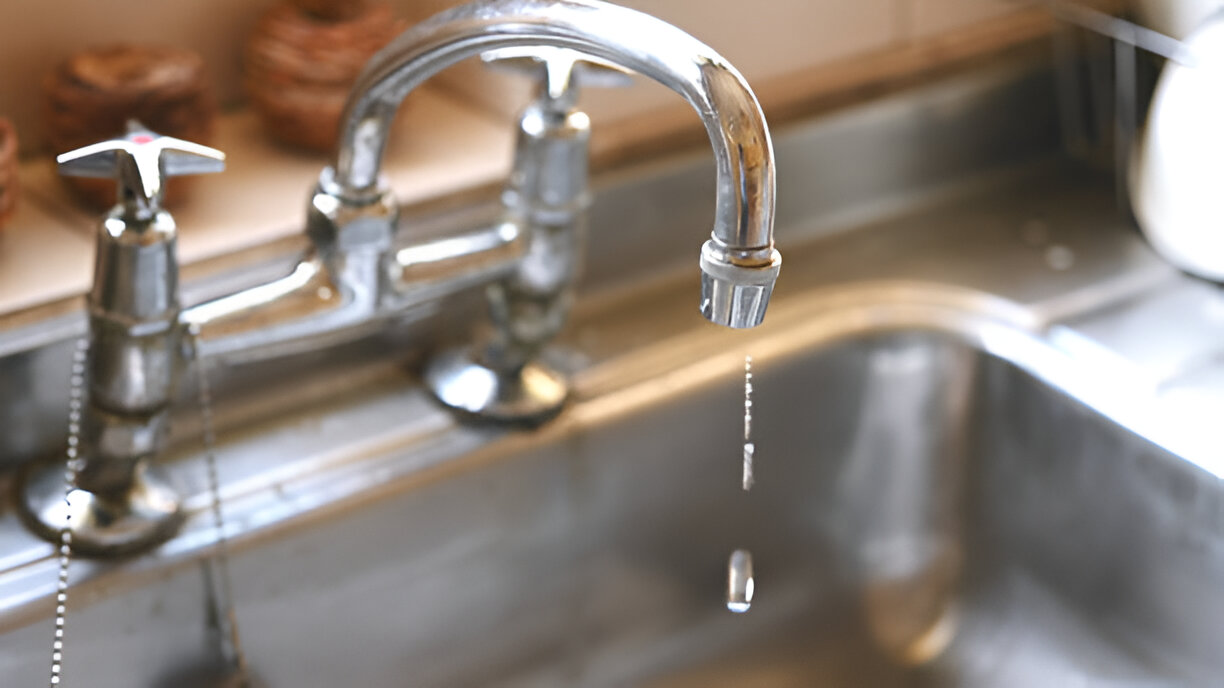
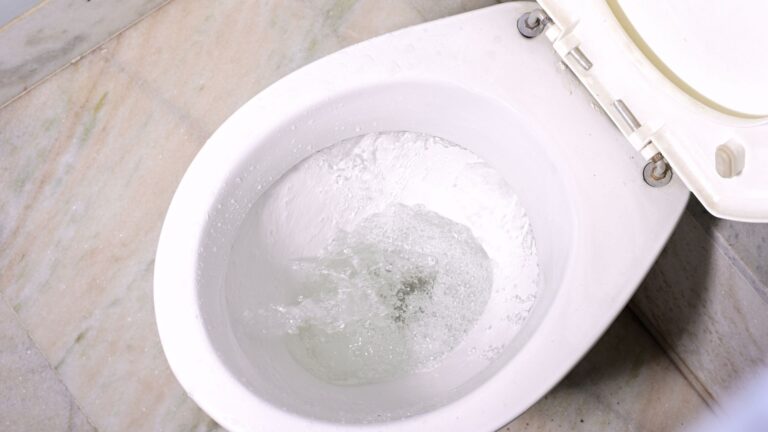
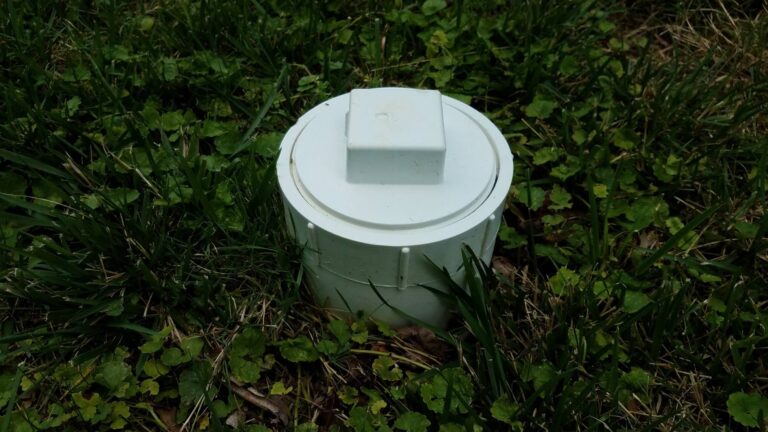
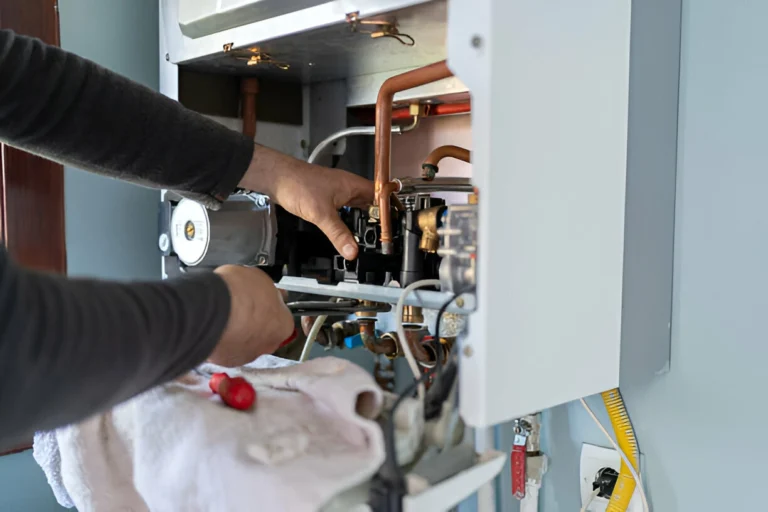



https://shorturl.fm/PabqU